Staff Sergeant Clarence Donald Reeves
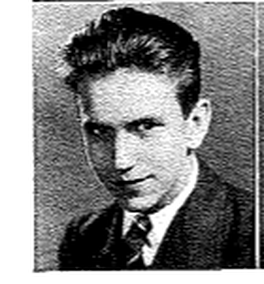
- Unit: 44th Bomber Group (Heavy), 68th Bomber Squadron
- Service Number: 13046428
- Date of Birth: October 3, 1919
- Entered the Military: January 7, 1942
- Date of Death: January 21, 1944
- Hometown: Millville, Pennsylvania
- Place of Death: over Beaussault, France
- Award(s): Air Medal with Oak Leaf Cluster
- Cemetery: Plot A, Row 14, Grave 42. Normandy American Cemetery, Colleville-sur-Mer, France
Mentored by Mr. Jake Miller
Cumberland Valley High School
2015-2016
Early Life
Clarence Donald Reeves was born on October 3, 1919, in Millville, New Jersey. Clarence grew up on 426 East Pine Street with his eight siblings and two parents. Commonly known as Donald, he attended the local public school in Millville.
He was a part of the record-breaking Reeves family, as they were recognized for having the most family members pass through the school. The family was recognized as having the most attending family members at the school, but Donald was much more than just another Reeves passing through the system. He pursued the school’s Student Council, possibly by his natural leadership abilities. Reeves was a part of the Glee Club at school, holding All-State Choir recognition. In the high school’s yearbook, his senior quote was “The gift of glorious song,” illustrating his love and passion for music.
After graduation, Reeves followed in his father’s footsteps landing a job in the local glass mill. The 1940 U.S. Census revealed that Reeves served as a helper in the production room at a glass factory in the area. His father worked as an engraver at the factory. On January 7, 1942, he enlisted in the U.S. Army Air Forces in Philadelphia, Pennsylvania, at the age of 21.
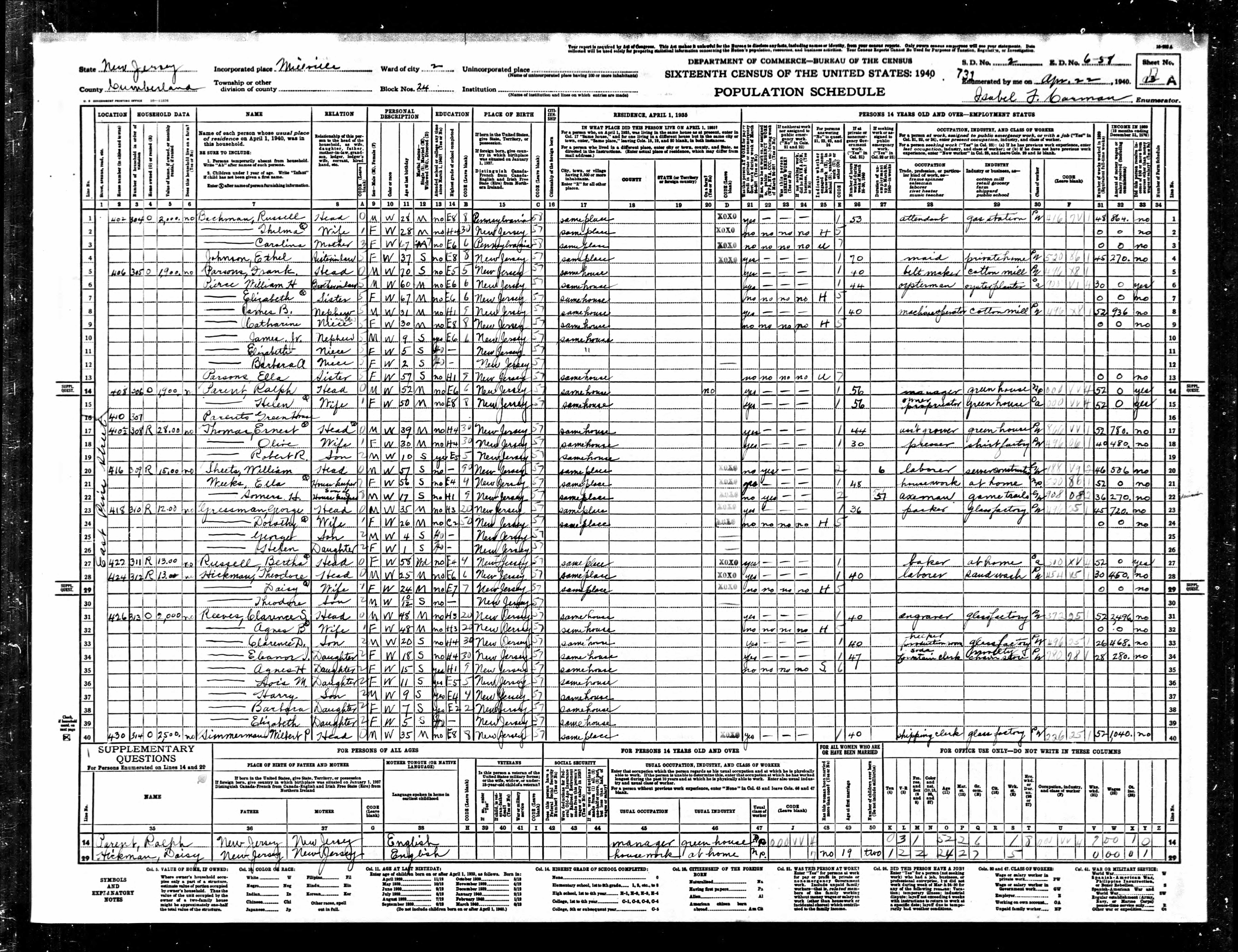


Homefront
The small town of Millville, New Jersey, was home to Clarence Donald Reeves for 18 years. The war greatly impacted the town. The glass industry was a prevalent force in Southern New Jersey, employing many residents, including Clarence’s father and later Clarence himself. It was referred to as the “Cradle of American Glass.”
Millville Air Field was recognized as “America’s First Defense Airport” on August 2, 1941. Less than a year later, the military began construction of military base facilities. In January 1943, the base was established as a training school for gunnery pilots. Thousands of soldiers and civilians served on the base, where more than 1,500 airmen were given special training in both P-47 Thunderbolt and P-40 Warhawk planes.
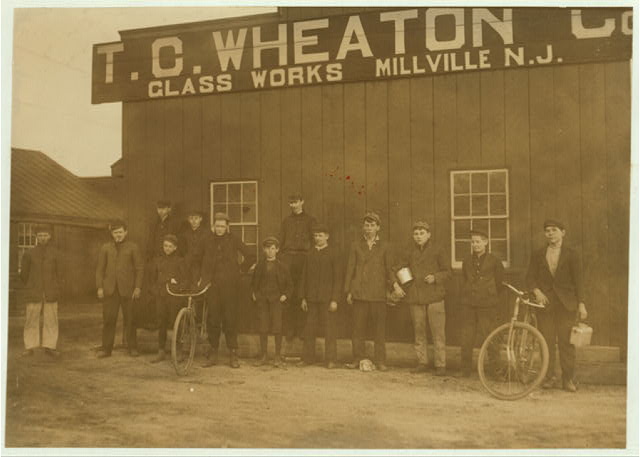
Military Experience
The 44th Bombardment Group was activated in 1942. The unit began as an anti-submarine task force. Following Pearl Harbor and a declaration of war with Germany, the 44th Bombardment Group moved to Barksdale Field, Louisiana. In July 1942, the bomber group began training for combat and moved to Oklahoma. They sailed for Great Britain on the Queen Mary in September 1942. While in Europe, the primary targets of strategic operations included Holland, Germany, Italy, France, Romania, Poland, Austria, Sicily, and Belgium.
Reeves’s unit, the 68th Bomber Squadron, received a distinguished unit citation for their bombing raids over Kiel, Germany, and Ploesti, Romania. The 68th Bomber Squadronflew B-24 planes, also known as “The Liberator.” They were known for their ability to fly long distances but were often defenseless to enemy fire, making them extremely dangerous to fly.
Reeves was a tail gunner on the B-24 Liberator 42-7501 Tail End Charlie, piloted by Frank W. Sobotka, Jr. Together, the crew undertook missions over Europe to bomb strategic locations in preparation for the ever-looming Operation Overlord.
Their ship took off from station 115 in Shipdham Norfolk, United Kingdom, on a bombing mission over Estouteville-Écalles, a pre-invasion bombing mission to attack V-1 installations. A German fighter hit the plane, and only five crew members could bail out of the aircraft. The tail gun took the hit, and Reeves was killed in action, along with First Lieutenant Frank W. Sobotka, Jr. (pilot), Technical Sergeant Clair P. Shaeffer (engineer), and Technical Sergeant Thomas F. Capizzi (radio operator). Sobotka and Shaeffer’s names appear on the Tablets of the Missing at Ardennes American Cemetery in Neupré, Belgium.
First Lieutenants Milton Rosenblatt (co-pilot) and Abraham Teitel evaded capture and returned to the United States. First Lieutenant Frederick C. Butler (navigator), Staff Sergeants Thomas F. Capizzi, Andrew J. Ross, and Charles W. Shockley (gunners) were able to jump to safety but became Prisoners of War.
His parents were informed in a letter that their son’s body was interred and that their son had died next to brothers in arms who had sacrificed their lives for the same great nation. The Germans recovered his remains first and initially in Saint-Poix, France. He was later transferred to Champigny-Saint-André Temporary Cemetery and finally laid to rest in Normandy American Cemetery.
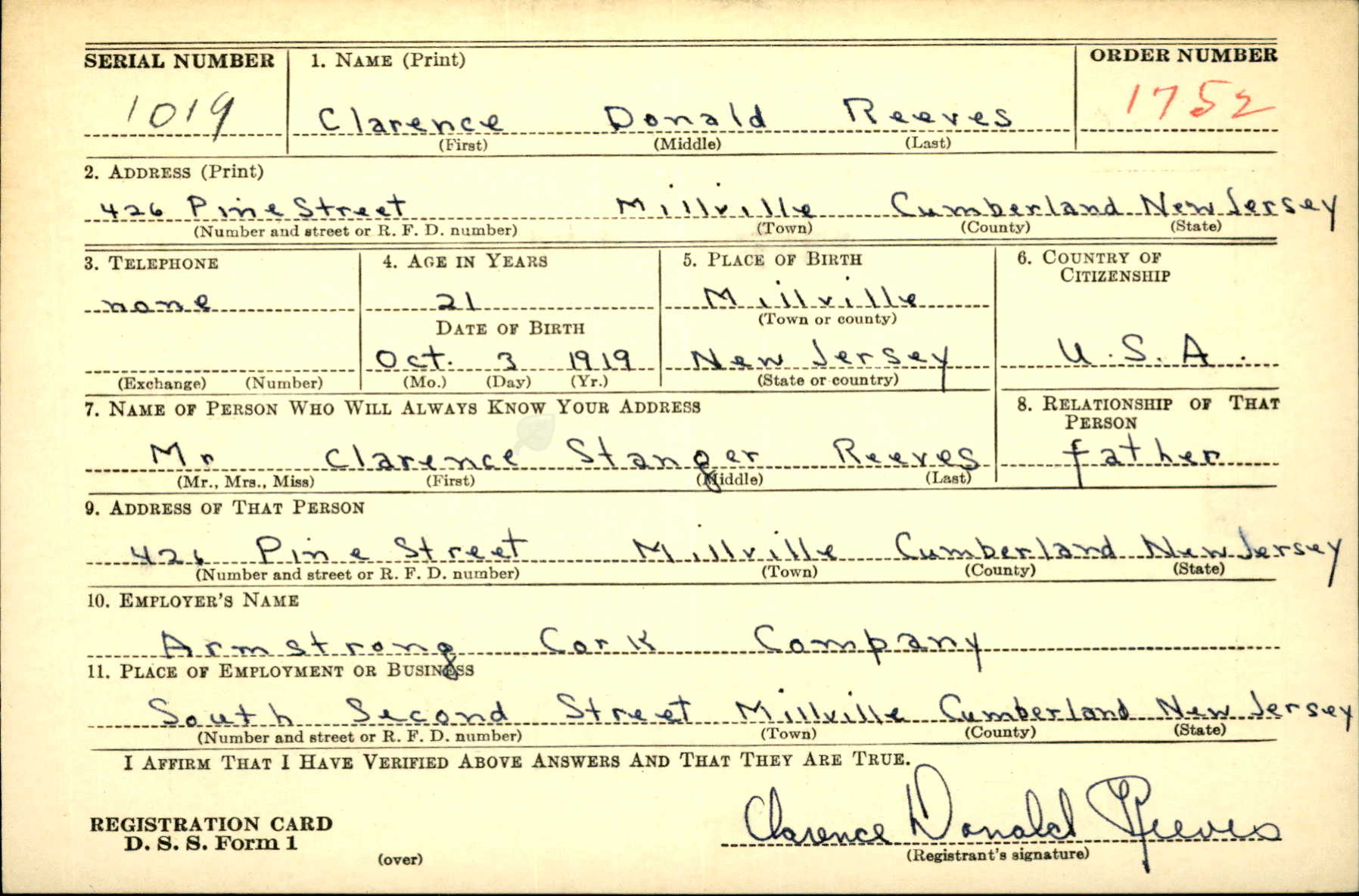

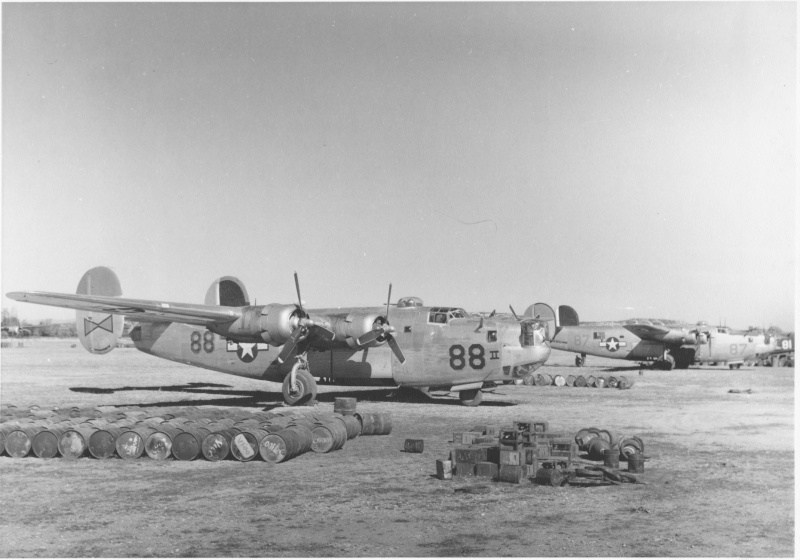
Eulogy
I come here today to honor a soldier, a gentleman, a hero, and someone much more than just a number. While words can never fully express how much someone means to us, language can still provide comfort, solace, hope, and even inspiration in the wake of an uncovered legacy.
American patriotism can be born from the humblest of places, and here today, at the culmination of our journey, my idea of heroism has recently been molded by my research and discovery. Before this project, I was entrapped in the statistics and daunting body counts of various wars and recognized the famous generals and leaders awarded the subsequent victories. It is our duty as Americans to remember the silent heroes who have continually fought for our freedom.
I have never met Staff Sergeant Clarence Donald Reeves, yet I feel that his impact on my life has been powerful. My teacher Mr. Miller and I traveled to the birthplace of our hero, and we walked in the very grass he walked. Born in 1919, Clarence was born into a three-bedroom home with his eight siblings and his parents until he graduated high school. He entered the U.S. Army Air Forces, where he was assigned as a tail gunner.
Sergeant Clarence D. Reeves, tail gunner of the B-24 Liberator 42-7501, took off from station 115 in Shipdham, Norfolk, United Kingdom, on a bombing mission over France. A German fighter hit the plane, and only part of the crew managed to bail out.
Staff Sergeant Reeves was not only a hero to all of us here today but also a hero to those who served on D-Day. He was a vital part of the pre-invasion bombings to help secure the beaches of Normandy for the upcoming invasion. In many ways, his sacrifice was a contribution needed for the future efforts of June 6, 1944.
I won’t stand here and pretend to understand the emotion and trauma such loss could yield, but still, I feel in my heart similar emotional stress. Clarence Donald Reeves died in the skies as an airman serving his country close to his God. May God guide our great nation in the path of continued remembrance of the fallen silent heroes we honor here today. May God bless the fallen and all those who have felt their absence. Let us continue to be worthy of their sacrifice.

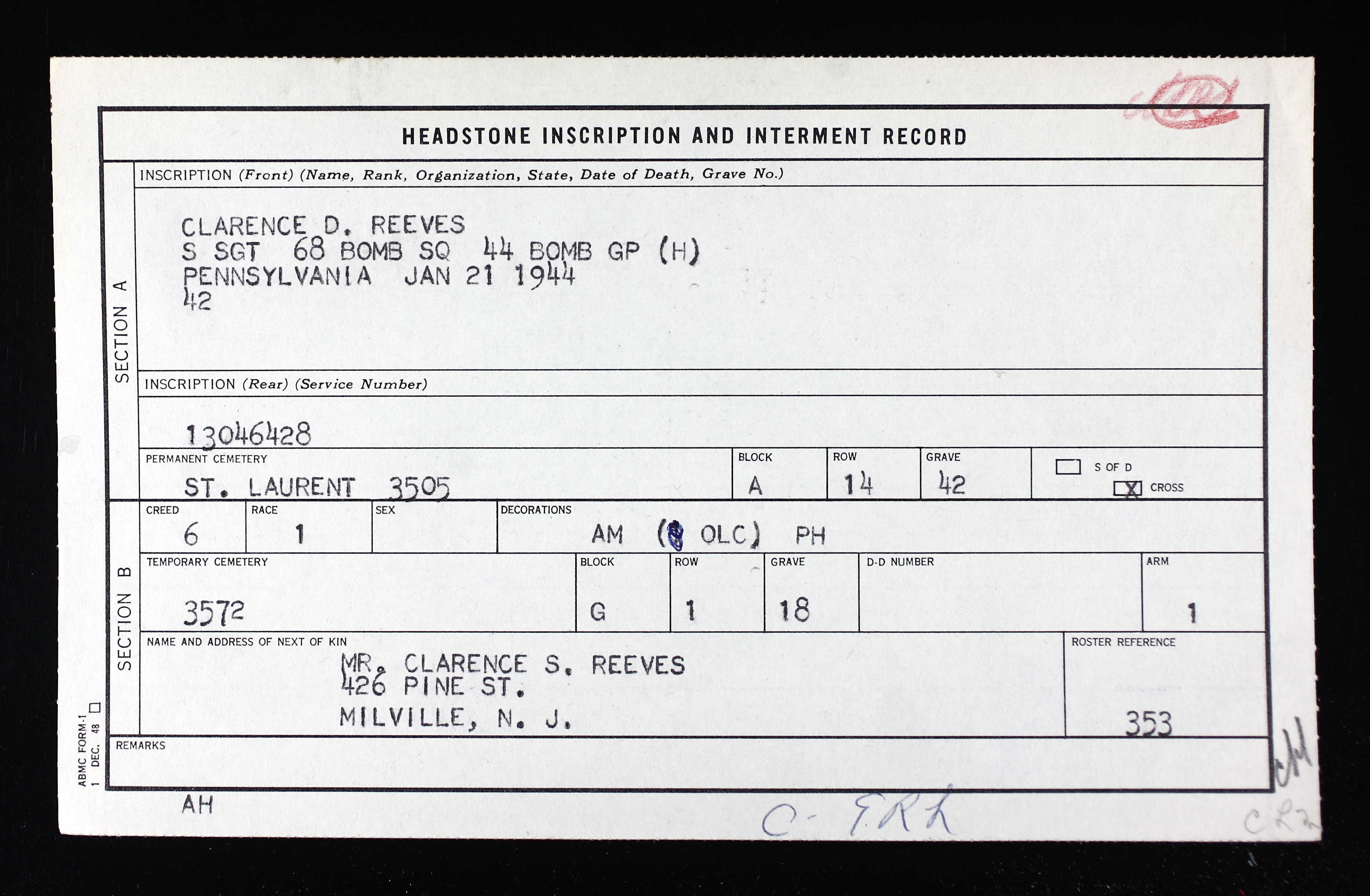
Reflection
The Normandy: Sacrifice for Freedom Institute gave me the life-changing opportunity to study history in the most fantastic way possible. I started this journey with the narrowed perspective of history through textbooks instead of experiencing the emotion, perspective, and atmosphere of the events of World War II. This institute led me into the history that we as Americans don’t often study because of its specificity. History classes and books teach us about the big names and the big battles but fail to remind us of everyday heroes.
The program first gave me an outline of how and what to research for my individual soldier Sergeant Clarence Donald Reeves. Still, at the same time, it provided me the freedom to learn and develop myself as an independent researcher. Traveling to the hometown of my silent hero and standing in his front yard was when the weight of what I was selected to do hit me. I had the honor of carrying on an uncovered legacy while also being held responsible for possibly knowing more about my silent hero than anyone else on the planet. This institute didn’t just teach me about history. It taught me about myself and made me reflect on my own life. My eulogy that I presented at my hero’s gravesite at the Normandy American Cemetery was only a tiny thanks to one man who gave the ultimate sacrifice for the sovereignty of the United States of America.
Bibliography
Primary Sources
B-24 Liberator Bomber airplanes with gasoline barrels in the foreground. Photograph. 1941-1945. National Archives and Records Administration (85714447). catalog.archives.gov/id/85714447.
Clarence D. Reeves, Individual Deceased Personnel File, Department of the Army Air Forces.
Clarence D. Reeves, Official Military Personnel File, Department of the Navy, Records of the Bureau of Naval Personnel, RG 24, National Archives and Records Administration – St. Louis.
Clarence D. Reeves. Photograph. c.1942-1943. Millville Public Library.
Clarence Donald Reeves. World War II Army Enlistment Records, 1938-1946. ancestry.com.
Clarence Donald Reeves. Headstone and Interment Records for U.S. Military Cemeteries on Foreign Soil, 1942-1949. Digital images. ancestry.com.
Clarence Donald Reeves. World War II Draft Cards Young Men, 1940-1947. Digital images. ancestry.com.
Hines, Lewis Wickes. Going home from Wheaton Glass Co., Millville, N.J. Location: Millville, New Jersey. Photograph. November 1909. Library of Congress (2018674686). www.loc.gov/item/2018674686/.
New Jersey. Cumberland County. 1920 U.S. Federal Census. Digital images. ancestry.com.
New Jersey. Cumberland County. 1930 U.S. Federal Census. Digital images. ancestry.com.
New Jersey. Cumberland County. 1940 U.S. Federal Census. Digital images. ancestry.com.
Secondary Sources
“41-2434.” American Air Museum in Britain. Accessed April 11, 2021. www.americanairmuseum.com/aircraft/212.
“44th Bomb Group The Flying Eightballs.” American Air Museum in Britain. Accessed April 11, 2021. www.americanairmuseum.com/unit/415.
“About Us.” Millville Army Air Field Museum. Accessed April 11, 2021. p47millville.org/about-us/.
“Clair P. Shaeffer.” American Battle Monuments Commission. Accessed April 18, 2021. www.abmc.gov/decedent-search/shaeffer%3Dclair.
“Clarence D. Reeves.” American Battle Monuments Commission. Accessed April 18, 2021. www.abmc.gov/decedent-search/reeves%3Dclarence-0.
“Frank W. Sobotka, Jr.” American Battle Monuments Commission. Accessed April 18, 2021. www.abmc.gov/decedent-search/sobotka%3Dfrank.
Lundy, Will. 44th Bomb Group Roll of Honor and Casualties. United States Air Force Military Heritage Database. Accessed April 18, 2021. www.8thairforce.com/44thbg/lundyroh.pdf.
“The ‘Milk Run’ That Brought Down the Sobatka [sic] Crew.” 8 Ball Tails, Volume 4 (1), summer 2001. collections.lib.utah.edu/ark:/87278/s6571bwn.
“Millville Army Air Field Museum.” Cumberland County, New Jersey. Accessed April 11, 2021. www.co.cumberland.nj.us/millvillearmyairmuseum.
“Reeves Clarence D.” American War Memorials Overseas, Inc. Accessed April 11, 2021. www.uswarmemorials.org/html/people_details.php?PeopleID=6091.
“SSgt Clarence D. Reeves.” Find A Grave. Accessed April 14, 2021. www.findagrave.com/memorial/56649130/clarence-d.-reeves.

